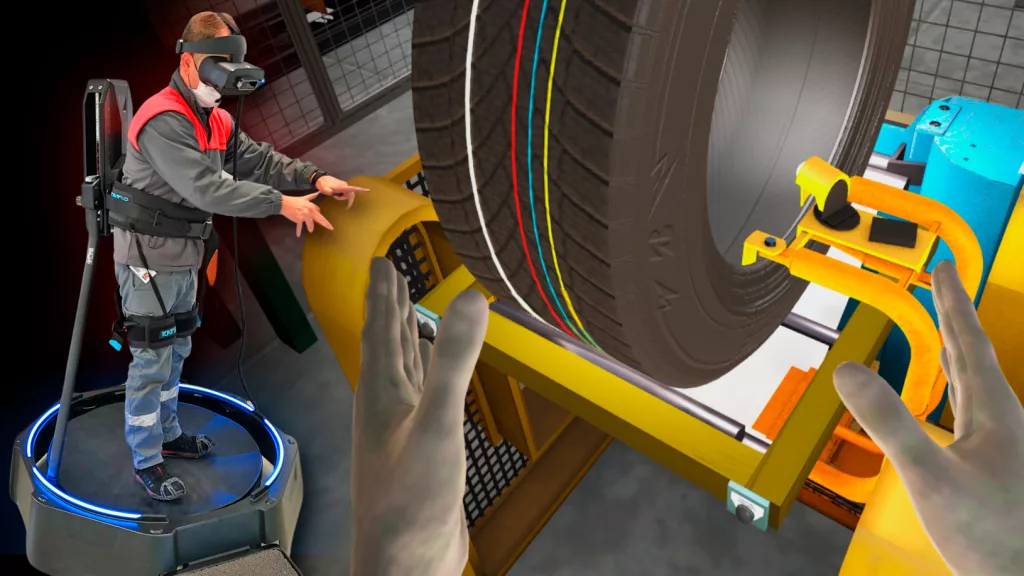Immersive learning, often achieved through technologies such as virtual reality (VR) or augmented reality (AR), represents a revolution in education and professional training. Its impact on the development of procedural memory, which is the ability to remember how to perform certain tasks, is increasingly recognized. This article explores the benefits of immersive learning for procedural memory.
Definition and importance of procedural memory
Procedural memory is a subcategory of long-term memory that concerns the acquisition of motor and cognitive skills. It allows individuals to perform tasks without actively thinking about them, such as driving a car or playing a musical instrument. In an educational and professional context, developing this form of memory can significantly increase efficiency and performance.
Neurological foundations and mechanisms
VR and AR immerse users in interactive environments that intensely stimulate brain regions associated with procedural memory, such as the motor cortex and striatum. Neuroscience studies have used functional magnetic resonance imaging to show that these environments engage the brain in ways similar to real-world physical practice, strengthening motor and cognitive skills through task repetition in a controlled, realistic setting.
Practical applications and case studies
Research from Stanford University showed that surgeons trained via VR simulators performed 29% faster and made 37% fewer errors than those trained via traditional methods. La VR permet de simuler des opérations chirurgicales, offrant une répétition sans risque des procédures.
Language learning
A 2021 study found that immersion in a VR environment where learners practice the language in real-world contexts not only improves procedural memory but also builds confidence using the language in practical situations.
Military and aeronautical training
VR flight simulators have long been used to train pilots, allowing them to memorize flight procedures without the risks associated with flying a real plane.
Training in technical procedures and gestures
At Bridgestone, a virtual reality tire manufacturing training simulator produced by Audace is part of a blended learning course combining theoretical and practical content. Operators deepen their theoretical knowledge of different machine tools via e-learning; then, with this first training completed, they train in technical operations on the virtual twin. Finally, the learner can put their training into practice on a physical twin and practice the different operations by activating, in particular, their muscle memory.
This comprehensive training course made it possible to increase productivity as well as employee safety by reducing security incidents and non-quality problems by 30 to 50%. Furthermore, significant economies of scale have been achieved: the immobilization of material production resources required for training has been reduced by 80% and the immobilization of human resources by 90%.
Benefits and motivation
Beyond efficiency, immersive learning in VR is often more motivating for learners. A study from Ohio University found that student engagement was significantly higher during VR learning compared to traditional methods. Total immersion helps maintain concentration, reducing distractions and increasing information retention
Immersive learning is therefore a powerful tool for the development of procedural memory, providing more engaging, effective and safe learning methods. As technology continues to evolve, it is likely that its use will become even more widespread, transforming traditional methods of education and job training.

